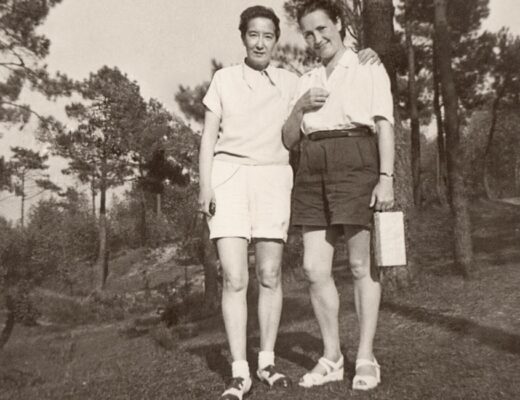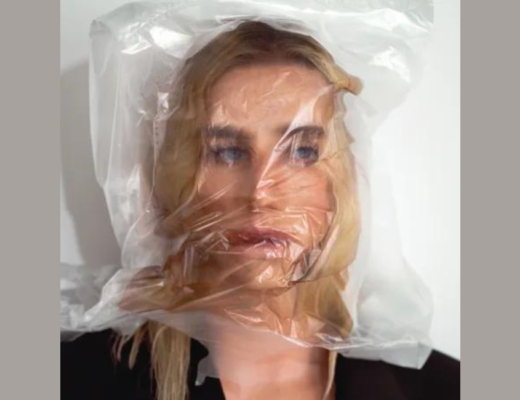Whatever its flaws (and they are myriad), director David Gordon Green’s Halloween is certainly a good looking film: Cinematographer Michael Simmonds mimics John Carpenter’s 1978 original through subtle use of an autumnal palette, and by allowing slightly overcast and gray skies to appear without excessive color correction. Nighttime scenes have an almost chiaroscuro effect here — large swaths of black are punctuated, jarringly, by car headlights and flashing police sirens. The effect creates a pleasing contrast between warm yellows and cold reds and blues, splashes of color emerging from darkness. Green and Simmonds also manage some effective use of depth of field — as in one scene when Michael Myers (Nick Castle, returning to the role he played in the original film) is seen lurking in the background of one shot, nothing but a ghostly blur, before emerging for a kill, in focus, in the foreground. Another scene is cleverly built around motion-activated security lights: every time they switch off and on, Michael appears and reappears a little closer. Green and co-writers Danny McBride and Jeff Fradley understand that Michael is a boogeyman who works best as indistinct presence, an oblique ‘shape.’
Green’s Halloween is best described as a movie for fanboys, by fanboys — and it’s littered with the strategically-placed, Internet-friendly Easter eggs to prove it.
All that said — has any genre ever epitomized the tyranny of lowered expectations quite like the slasher? Now add to those standards the feelings engendered by a franchise history so tortured that it could be likened to one of Michael Myers’s victims: After the financial success of Carpenter’s masterful Halloween, Rick Rosenthal’s merely competently-directed sequel provocatively added to the Michael Myers mythos by revealing him to be original Final Girl Laurie Strode’s (Jamie Lee Curtis) brother. Almost every entry in this series since has furthered an effort to expand the genealogy of the characters — or it’s served as a reboot for the franchise as a whole. The two Rob Zombie-directed Halloween films briefly turned the franchise into a red-neck-psycho freak-show, and while the first made money, the follow-up was largely (and unfairly) derided by audiences and critics alike. One thing that Zombie zeroed-in on, though, was the after effects of violent trauma — a theme that Green’s Halloween picks up on, but with diminishing returns. This is due in no fault to Curtis, who’s pretty great here returning to the role of Laurie Strode — a woman who, 40 years on from her initial encounter with Michael, is now much older and more fucked-up, haunted by PTSD, fear, and paranoia. Instead the problem here is that Green has essentially chosen the JJ Abrams/Force Awakens route: an official sequel that functions primarily as a soft remake. The story beats here are roughly the same as 1978’s Halloween, and there’s even a new “doctor” (lampshaded by Laurie referring to him as “the new Dr. Loomis’”). And when one woman character’s legitimately distressing childhood is glossed over in a brief flashback montage, and another’s woman’s strong ‘girl power’ moment is deflated by her turning into a running, screaming victim, even Halloween’s one unique selling-point — its ‘feminism,’ and its deference to the #MeToo movement — reveals itself to be largely lip-service. Instead, Green’s Halloween is best described as a movie for fanboys, by fanboys — and it’s littered with the strategically-placed, Internet-friendly Easter eggs to prove it.







